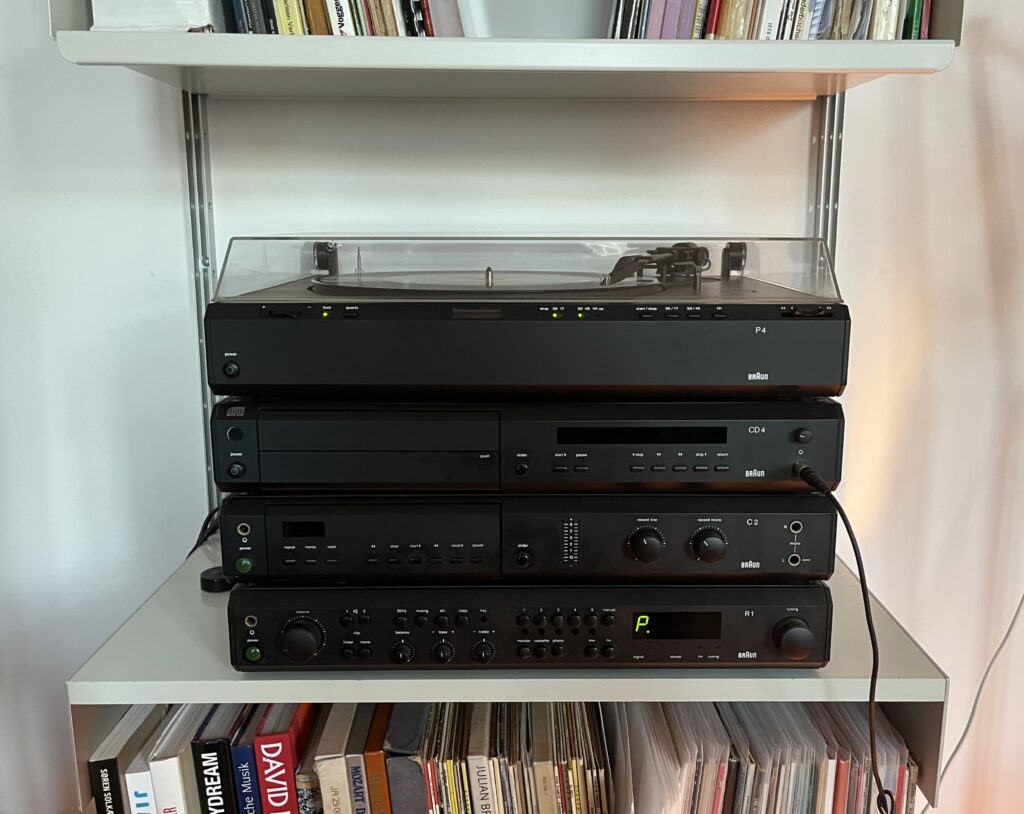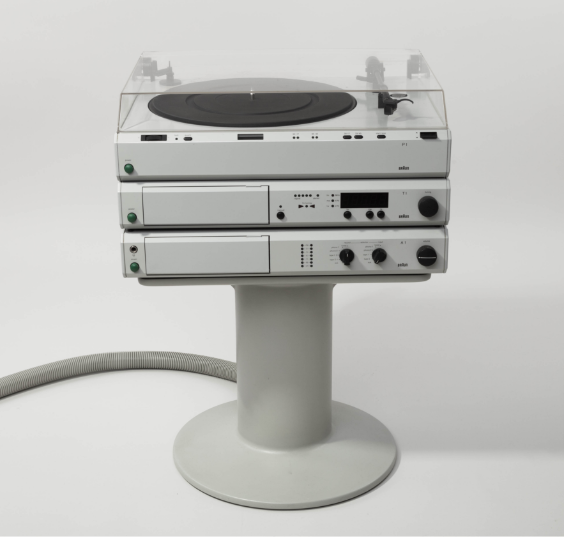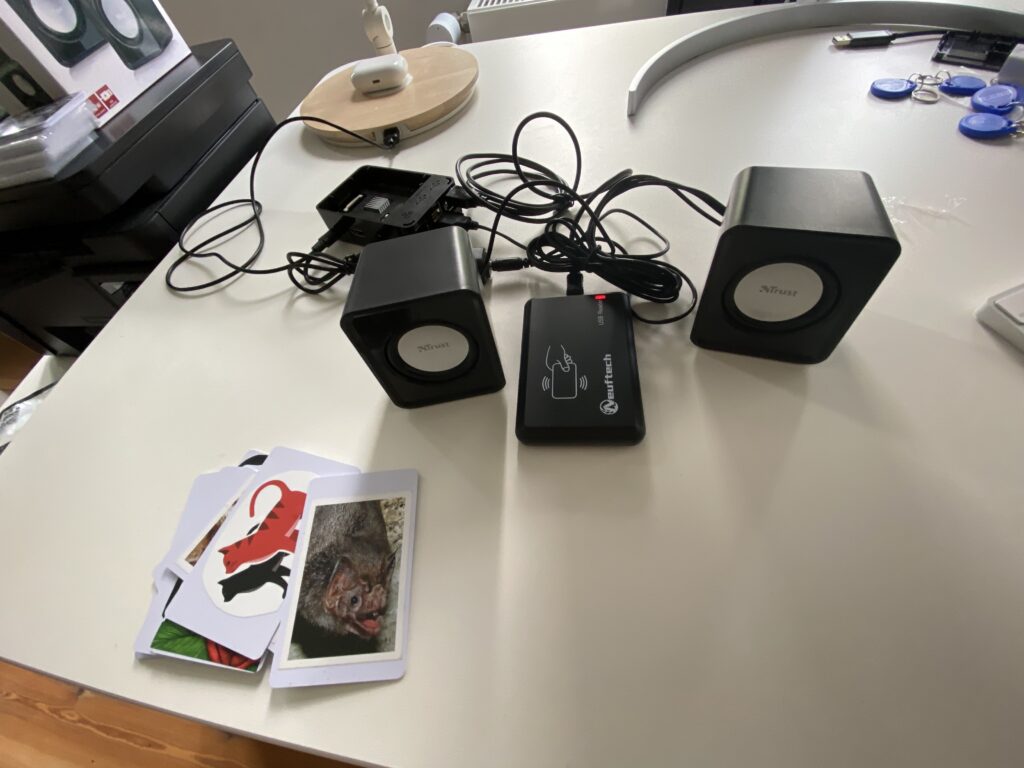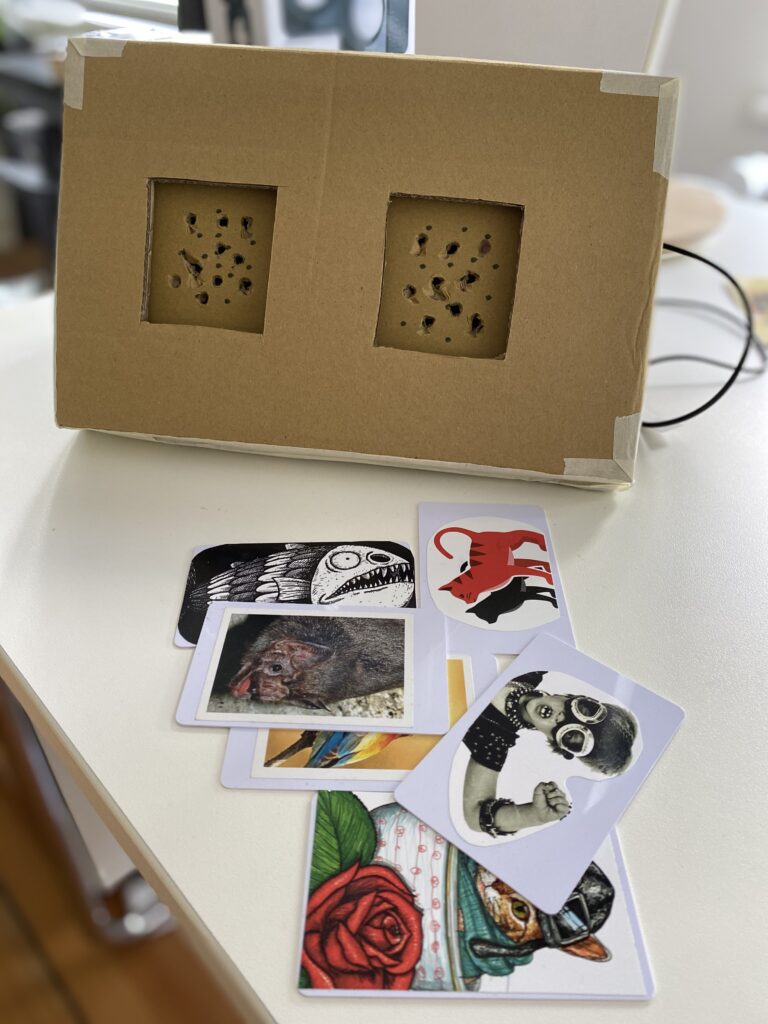
I haven’t submitted a minimalist report for September yet, but one purchase from September is shown above: various components of a Braun Atelier system. The background is that sometimes I like to listen to something in peace on my headphones, but that’s not possible when a movie is being watched, since the same amplifier is used for both. However, I didn’t want to spend a lot of money on a new system, especially since today’s devices can do everything except what I actually need. For example, our NAD c700 is really great, but it doesn’t have a headphone output. Yes, you could connect AirPods to it, but as I mentioned above, if a movie is being watched, that doesn’t help me. So, I started searching for something used.
The Braun Atelier system caught my eye because it is also a classic. I don’t know how much influence Dieter Rams had on the design of this system, but it looks very much like it’s from the 80s and not as timeless as much of his other work. However, the system fits perfectly on a Vitsoe 606 wood shelf with the 36 cm depth. In the 80s, you only saw this system in movies, among the wealthy. The parents of my friends didn’t have such a system. It was available in black and a light grey that was very unusual for stereo systems at the time. What was special about it was that you didn’t see any cables because they were covered at the back with flaps. The stand and the cable sleeve in the photo below also show the simplicity that this design concept was meant to convey.

Another well-thought-out detail is that the functions you use frequently are immediately accessible, while special features, such as Dolby on the cassette deck, are hidden.
The search for a used system proved to be difficult. Many sellers are aware that their parents spent a fortune on the system, so they often try to get four-digit sums for it. That doesn’t work, at least not with me.

So, I started small with the receiver R1, the cassette deck C2 (both shown in the photo above), and a turntable P2 (not in the photo). The Braun P2 is a semi-automatic turntable without a quartz drive and is considered an entry-level model between the P1 and P3. To give you an idea of what these components cost back then:
- R1: 1,250 DM (1981, today around 1,430 euros)
- C2: 1,300 DM (1982, today around 1,400 euros)
- P2: 800 DM (1982, today around 860 euros)
With the system, I received some speakers, unfortunately not original Braun, but very good CANTON GLE60, which were badly scratched. The potentiometers (volume controls) on the system were scratchy. A back cover was missing. However, the sound is great, except for a hum when idle. The system had been completely overhauled. The components, by the way, are incredibly heavy; I could barely carry them alone. And the thing you see at the top of the photo, I would never have been able to lift it.
Shortly after, I was offered the P4 turntable, a fully automatic model with some fun features, such as the ability to move the needle without lifting the lid. The turntable was sold from 1984 to 1990 and cost up to 1,550 DM, today around 1,400 euros. I sold the P2 within two days.
Then there was also a cheap CD4, originally priced over 2,000 DM in 1986, which I bought used. The CD player is still top-tier today. By the way, both the P4 and the CD4 now show that the power button is no longer green but black with a green ring.
My system, as seen in the photo above, would have cost nearly 6,000 euros today, accounting for inflation, etc. Crazy, right? I paid 780 euros, after buying and selling components. It’s a lot of money for an old system, but in terms of sound, it holds its own against the NAD c700. It can’t stream, but it’s ready to go as soon as you turn it on (unlike the NAD, which I never keep on standby). By the way, it’s also still hard to find old manuals. They aren’t available for download and are instead offered at high prices on eBay or as copies.
At the moment, I’m still looking for a Braun A2 amplifier to replace the R1. The R1 doesn’t have a CD input, and the A2 comes in two versions: one with two phono options on the front, and one with both a phono and a CD option. I’m specifically looking for that version.





